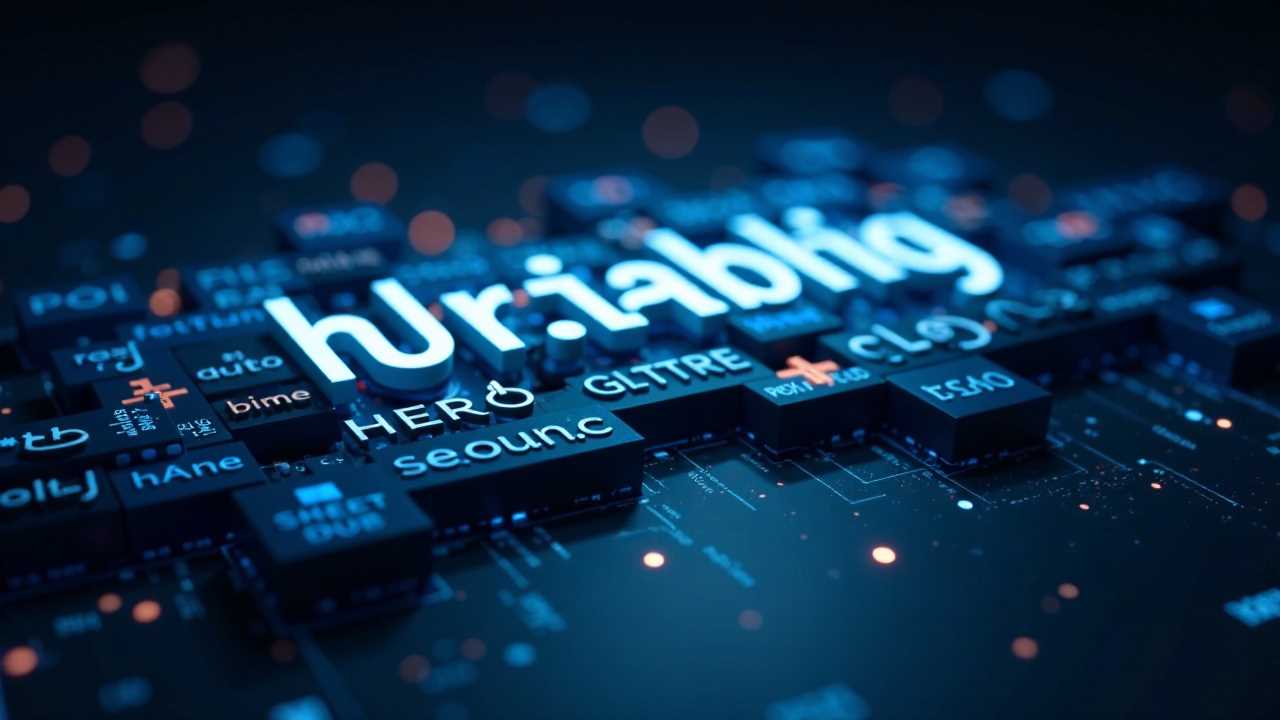
Understanding Animated Logo Design
Animated logo design is an intricate blend of creativity and technical skill. It serves as a powerful branding tool, allowing businesses to convey their identity in a dynamic and engaging manner. By integrating elements such as 3D modeling, motion graphics, and visual effects, we can create logos that not only capture attention but also leave a lasting impression.
The process of designing an animated logo begins with a clear understanding of the brand's message and values. This foundational knowledge guides the creative process, ensuring that the final product resonates with the target audience.
The Role of 3D Modeling in Animated Logos
3D modeling plays a pivotal role in modern animated logo design. This technique allows designers to create logos that appear more lifelike and engaging. By using software like Blender, Maya, or Cinema 4D, we can craft intricate 3D shapes and textures that add depth and realism to the logo.
When creating a 3D logo, it is essential to consider the geometry and proportions of the design. A well-structured model not only enhances the visual appeal but also ensures that the logo maintains its integrity across various platforms and sizes.
Incorporating Motion Graphics
Motion graphics are vital for bringing animated logos to life. They add movement and energy, transforming static designs into captivating visual experiences. By utilizing techniques such as keyframing, easing, and timing, we can create fluid animations that effectively communicate the brand's message.
When integrating motion graphics, it is crucial to maintain a balance between creativity and clarity. The animation should enhance the logo without overwhelming the viewer. This balance ensures that the logo remains recognizable and impactful, even as it moves.
Enhancing with Visual Effects
Visual effects are another essential component of animated logo design. These effects can range from simple transitions to complex simulations, adding an extra layer of sophistication to the animation. Techniques such as particle effects, lighting, and shadows can significantly enhance the overall look and feel of the logo.
When applying visual effects, we must consider the brand's identity and the message we want to convey. The effects should complement the logo rather than distract from it. This careful consideration ensures that the animation aligns with the brand's vision and resonates with the audience.
Texture Mapping for Realism
Texture mapping is a technique used to apply surface details to 3D models. This process adds realism and depth, making the logo more visually appealing. By using high-quality textures, we can create logos that look polished and professional.
When selecting textures, it is essential to choose those that align with the brand's identity. For example, a tech company might opt for sleek, metallic textures, while a nature-focused brand might choose organic, earthy textures. This alignment ensures that the logo accurately reflects the brand's values and message.
Lighting Techniques to Set the Mood
Lighting techniques are crucial in animated logo design, as they can dramatically alter the mood and perception of the logo. By strategically placing lights and adjusting their intensity, we can create various effects, from dramatic shadows to soft glows.
Different lighting setups can evoke different emotions. For instance, a bright, well-lit logo may convey positivity and energy, while a darker, more subdued lighting scheme might suggest sophistication and elegance. Understanding the emotional impact of lighting is key to creating an effective animated logo.
Rendering Optimization for Quality Output
Rendering optimization is the final step in the animated logo design process. This stage involves preparing the animation for output, ensuring that it maintains high quality across various platforms. Techniques such as adjusting render settings, using efficient file formats, and optimizing textures can significantly improve the final product's quality.
When optimizing renders, we must consider the intended use of the logo. For instance, a logo intended for web use may require different settings than one meant for television. By tailoring the render settings to the specific application, we can ensure that the logo looks its best, regardless of where it is displayed.
Mastering animated logo design requires a deep understanding of various techniques, including 3D modeling, motion graphics, visual effects, texture mapping, lighting techniques, and rendering optimization. By skillfully combining these elements, we can create logos that not only capture attention but also effectively communicate a brand's identity.
As we continue to refine our skills and explore new techniques, the possibilities for animated logo design are limitless. Embracing innovation and creativity will allow us to stay ahead in the ever-changing landscape of branding and design.
 Digital Art InstructionDIY Infographics DesignMobile Game ArtworkPersonalized Logo Design3D AnimationeBook Covers DesignPrivacy PolicyTerms And Conditions
Digital Art InstructionDIY Infographics DesignMobile Game ArtworkPersonalized Logo Design3D AnimationeBook Covers DesignPrivacy PolicyTerms And Conditions
